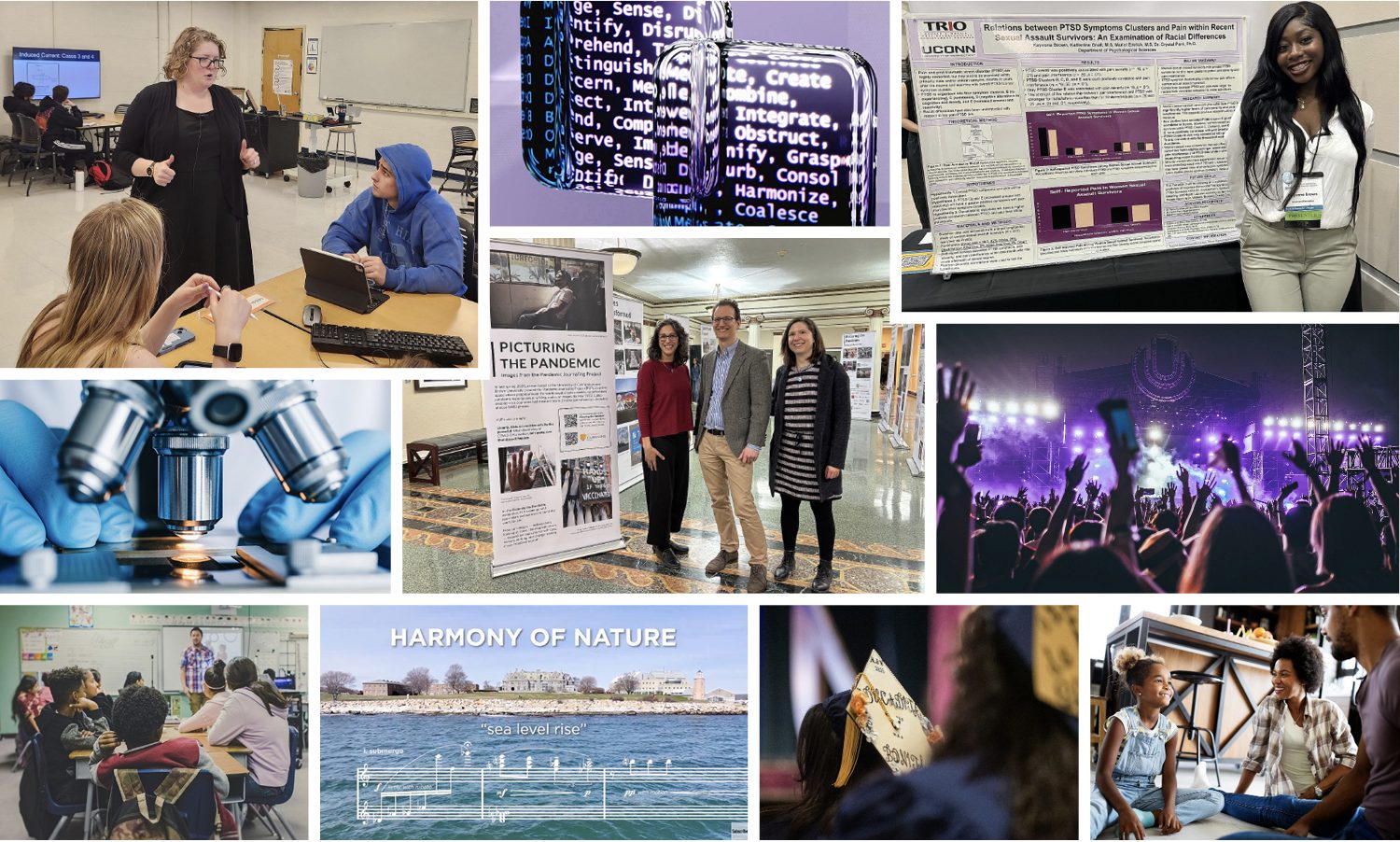 Faculty from the Mechanical Engineering Department are conducting research that will improve flame stability in fighter jet afterburners, which are used to attain greater thrust during critical combat exchanges or during short-distance take-offs, such as those from an aircraft carrier. With approximately $200,000 in funding from the National Science Foundation, paired with personnel and equipment support from Pratt & Whitney Aircraft and United Technologies Research Center (East Hartford, CT), Drs. Baki Cetegen, Head of Mechanical Engineering, and associate professor Michael Renfro are investigating how the mixing of jet engine fuel with oxygen affects afterburner stability.
Faculty from the Mechanical Engineering Department are conducting research that will improve flame stability in fighter jet afterburners, which are used to attain greater thrust during critical combat exchanges or during short-distance take-offs, such as those from an aircraft carrier. With approximately $200,000 in funding from the National Science Foundation, paired with personnel and equipment support from Pratt & Whitney Aircraft and United Technologies Research Center (East Hartford, CT), Drs. Baki Cetegen, Head of Mechanical Engineering, and associate professor Michael Renfro are investigating how the mixing of jet engine fuel with oxygen affects afterburner stability.
Jet engines mix air and fuel to produce combustion. Air enters the engine through an inlet and is then compressed by a compressor. The compressed air is mixed with fuel and burned. The high-pressure gas is expanded through a turbine and exhausted through a nozzle to generate thrust. Fighter jet engines achieve additional thrust by directly injecting fuel at the engine exhaust. The process, called afterburning, gives the aircraft an additional thrust as the fuel ignites in the exhaust nozzle.
A challenge for jet engine manufacturers is to reduce weight while increasing thrust. A higher thrust-to-weight ratio results in better airplane performance and fuel efficiency.
 According to Drs. Cetegen and Renfro, “The compact design doesn’t allow space – or time – for the fuel to mix completely with oxygen before burning. This incomplete mixing has an unknown effect on afterburner stability and could cause a loss of thrust at critical times.”
According to Drs. Cetegen and Renfro, “The compact design doesn’t allow space – or time – for the fuel to mix completely with oxygen before burning. This incomplete mixing has an unknown effect on afterburner stability and could cause a loss of thrust at critical times.”
With the aim of improving flame stability during high thrust afterburner operation, the team is focusing on ways to mitigate the effects of incomplete fuel and oxygen mixing to stabilize the flame. They are using laser-based measurement tools to study flame stability and propagation, ignition and performance, and flame temperature.
 Pratt & Whitney was keenly interested in providing support for the project because its military engines power the U.S. Air Force’s F-15 and F-16 fighter jets, and are in line to power the next-generation of fighter jets, the F/A-22 Raptor and F-35 Joint Strike Fighter. Pratt & Whitney engineer Steve Tuttle, who is pursuing his doctoral degree in mechanical engineering at UConn, is a collaborator on the project. In addition, Dr. Marios Soteriou, a former ME faculty member and now a Fellow at United Technologies Research Center, is developing simulation models of the fuel/oxygen blending process during combustion in support of, and to confirm, the experimental work being performed by Drs. Renfro and Cetegen.
Pratt & Whitney was keenly interested in providing support for the project because its military engines power the U.S. Air Force’s F-15 and F-16 fighter jets, and are in line to power the next-generation of fighter jets, the F/A-22 Raptor and F-35 Joint Strike Fighter. Pratt & Whitney engineer Steve Tuttle, who is pursuing his doctoral degree in mechanical engineering at UConn, is a collaborator on the project. In addition, Dr. Marios Soteriou, a former ME faculty member and now a Fellow at United Technologies Research Center, is developing simulation models of the fuel/oxygen blending process during combustion in support of, and to confirm, the experimental work being performed by Drs. Renfro and Cetegen.



